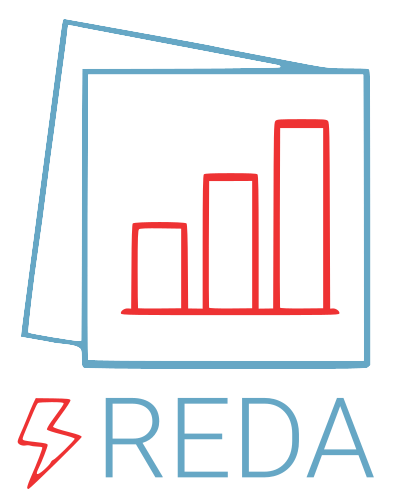Contributing¶
As an open-source project, REDA always welcomes contributions from the community. Here, we offer guidance for 3 different ways of contributing with increasing levels of required coding proficiency.
A. Submit a bug report¶
If you expericence issues with REDA or miss a certain feature, please open a new issue on GitHub. To do so, you need to create a GitHub account.
B. Send us your example¶
We are constantly looking for interesting usage examples of REDA. If you have used the package and would like to contribute your work to the examples, please attach your script to a new github issue. Make sure that the individual steps in your Python script are documented according to the sphinx-gallery syntax.
C. Contribute to the documentation¶
We use numpydoc to format our docstrings.
D. Contribute to the code¶
Note
To avoid redundant work, please contact us before you start working on a non-trivial feature.
Note
Always use the dev branch for new developments and merge requests!
The preferred way to contribute to the REDA code base is via the fork and pull collaborative model pull request (PR) on GitHub, described here. The general concept of working with pull requests is explained here and involves the following steps:
1. Fork the repository¶
If you are a first-time contributor, you need a GitHub account and your own copy (“fork”) of the code. To do so, go to https://github.com/geophysics-ubonn/reda and click the “Fork button” in the upper right corner. This will create an identical copy of the complete code base under your username on the GitHub server. Clone this repository to your local disk:
git clone https://github.com/YOUR_USERNAME/reda
After that you can install the software as usual.
2. Create a feature branch¶
Go to the source folder and create a feature branch to hold your changes. It is
advisable to give it a sensible name describing the overall topic of the
proposed changes, such as new_filter_methods.
cd reda
# we always want to branch from the dev branch, which holds new developments
git checkout dev
git checkout -b new_filter_methods
3. Start making your changes¶
Go nuts! Add and modify files and regularly commit your changes with meaningful commit messages. Remember that you are working in your own personal copy and in case you break something, you can always go back.
git add new_file1 new_file2 modified_file1
git commit -m "implement filter method after Authors et al 2019"
4. Test your code¶
Make sure that everything works as expected. New functions should always contain a docstring with a test:
def sum(a, b):
"""Return the sum of `a` and `b`.
Examples
--------
>>> a = 1
>>> b = 2
>>> sum(a,b)
3
"""
return a + b
When you run reda.test() the docstring test will be evaluated.
5. Submit a pull request¶
Once you implemented a functioning new feature, make sure your GitHub repository contains all your commits:
git push origin new_filter_methods
After pushing, you can go to GitHub and you will see a green PR button. Describe your changes in more detail. Once reviewed by the core developers, your PR will be merged to the main repository.
6. Updating your work with changes from upstream¶
While you work on your forked repository, sometimes changes are commited to the main repository (usually called upstream). You do NOT need to delete your forked repository and refork to apply these changes to your own fork. Follow the procedure described here
Only the first time, add the main repository as a remote to your local (cloned) git repository:
git remote add upstream https://github.com/geophysics-ubonn/reda.git
Then, to update the local branch new_filter_methods with the newest changes of the upstream branch master, execute the following commands:
git fetch upstream
git checkout new_filter_methods
git merge upstream/dev
Update your forked repository branch new_filter_methods on github:
git push
